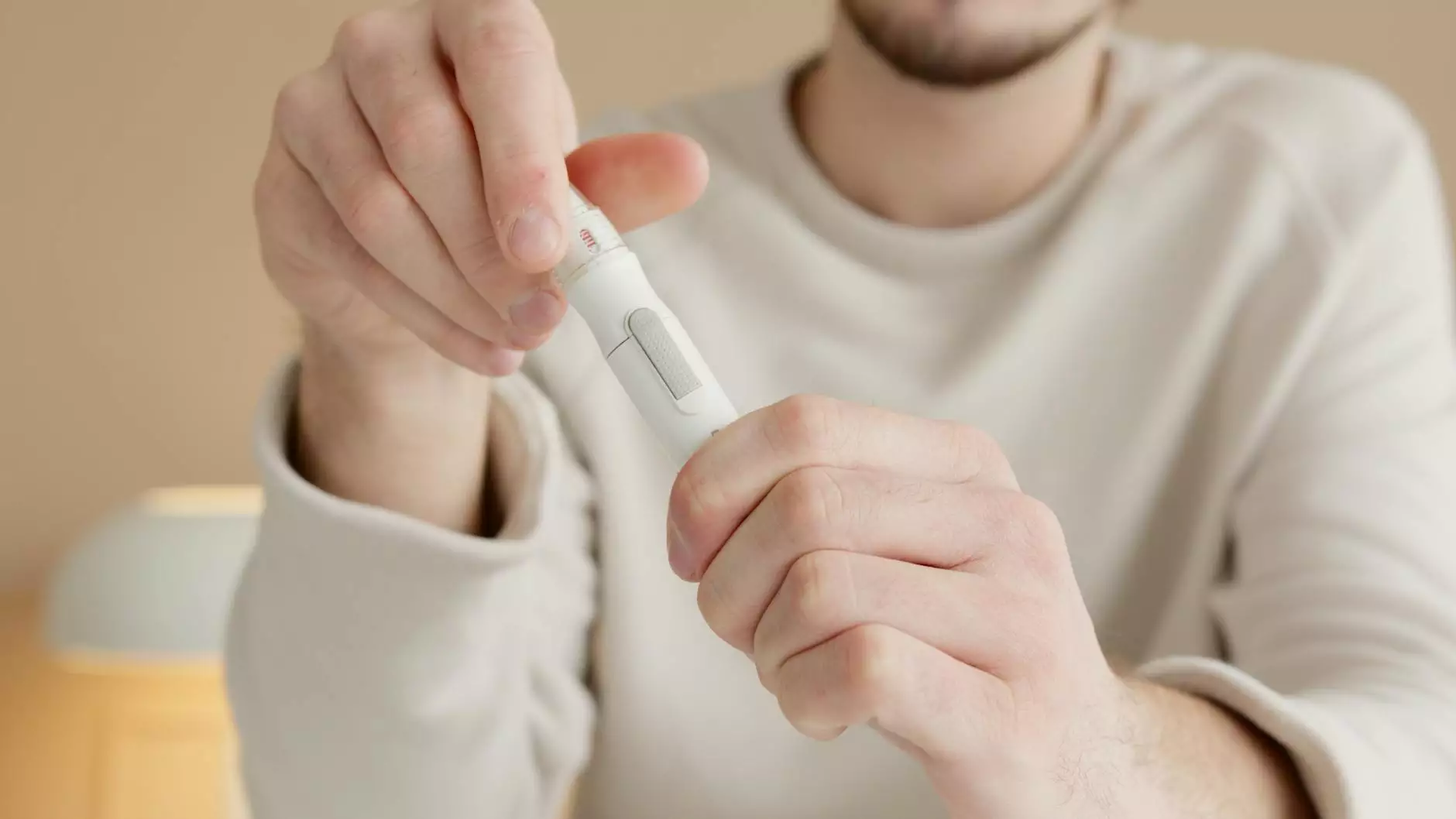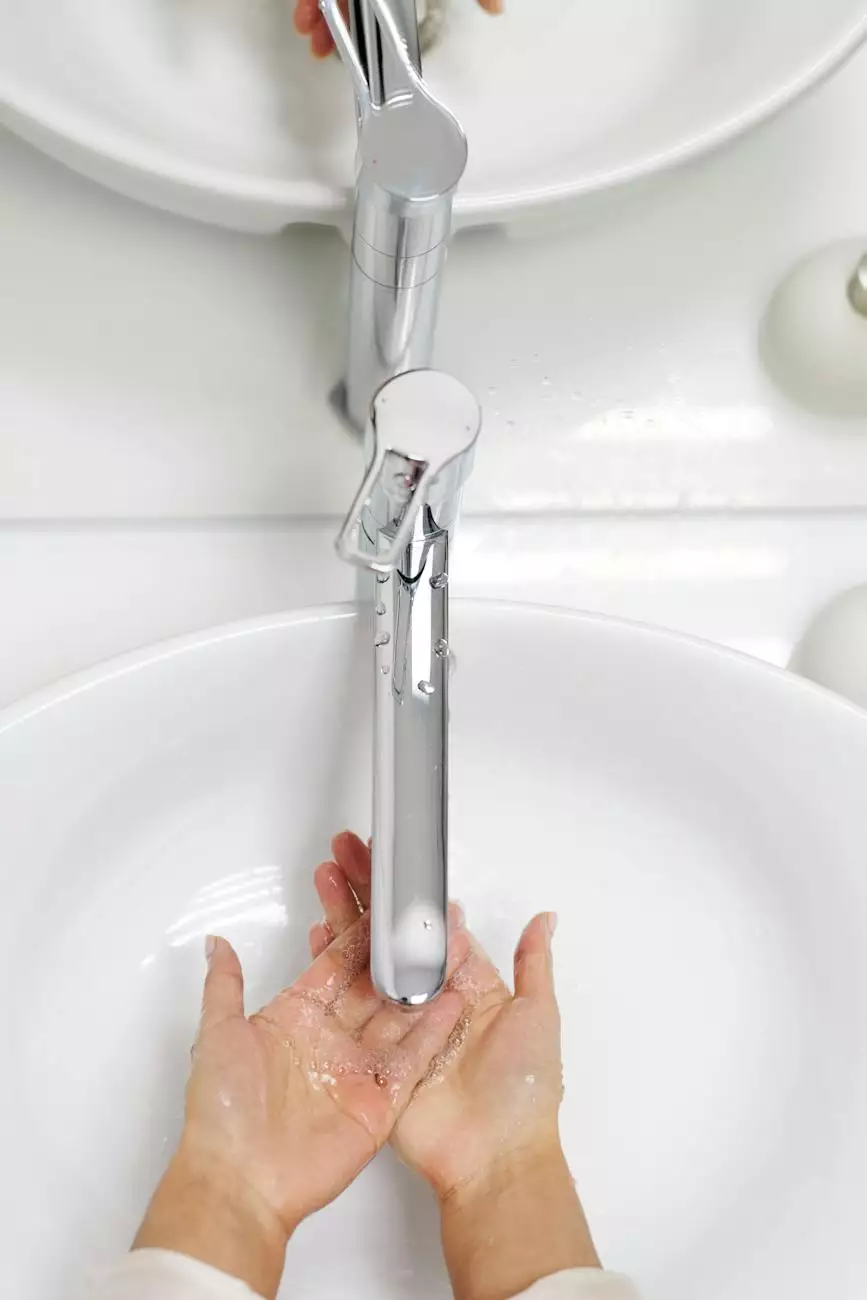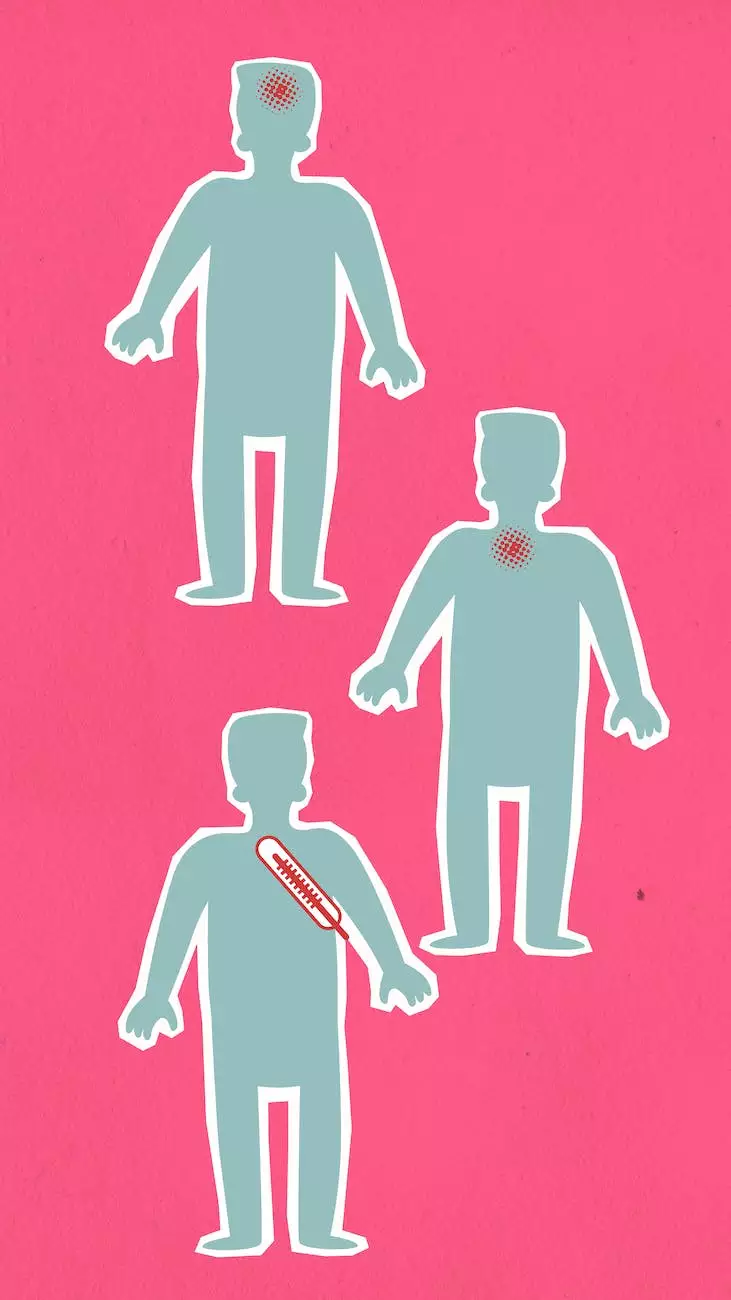When and Where to Seek Treatment for Burns
Emergency Response
Introduction to Burn Care
Burns are painful injuries that require prompt and proper medical treatment. Richard Martinez, MD, a renowned expert in burn care, is dedicated to providing comprehensive information on burn treatment and helping patients make informed decisions.
Understanding Different Types of Burns
Before we delve deeper into when and where to seek treatment for burns, it's essential to understand the different types of burns:
1. Thermal Burns
Thermal burns occur when the skin comes into contact with intense heat sources such as flames, hot liquids, or heated objects. These burns can range from first-degree to third-degree, with the severity depending on the duration and intensity of exposure. Seek medical attention for thermal burns larger than the size of your palm or any burns involving sensitive areas like the face, hands, or genitals.
2. Chemical Burns
Chemical burns result from exposure to corrosive substances like acids, alkalis, or detergents. It's crucial to flush the affected area with copious amounts of water immediately. Seek immediate medical attention for chemical burns, as some substances can continue to cause damage even after initial exposure.
3. Electrical Burns
Electrical burns are caused by contact with electric currents. While the entry and exit points of electrical burns may appear relatively minor, the damage can be extensive internally. Always seek medical attention for electrical burns, as underlying tissue damage may not be immediately visible.
4. Radiation Burns
Radiation burns are a result of exposure to sources like the sun, X-rays, or radiation therapy. These burns can vary in severity, and seeking medical guidance is important, especially for prolonged or severe exposure.
When to Seek Medical Attention for Burns
Knowing when to seek medical attention for burns is crucial in preventing complications and ensuring optimal healing. Here are some guidelines to help you make an informed decision:
1. First-Degree Burns
First-degree burns, which typically involve redness, pain, and mild swelling, can often be treated at home with cool water compresses, aloe vera gel, and over-the-counter pain relief. Seek medical attention if the burn covers a large area, affects sensitive areas, or if there are signs of infection.
2. Second-Degree Burns
Second-degree burns involve reddened, blistered, and swollen skin. These burns often require medical attention to prevent infection and promote healing. Seek professional care for second-degree burns, especially when they cover a significant area, affect the face, hands, feet, or genital areas, or if there are signs of infection.
3. Third-Degree Burns
Third-degree burns are severe and require immediate medical attention. These burns cause the skin to appear leathery, charred, or white, and they often extend beyond the surface to deeper tissues. Call emergency services right away for any third-degree burn.
Special Considerations for Children and Older Adults
Children and older adults have unique vulnerabilities when it comes to burns. The following guidelines will help you make the right decisions for burn treatment in these age groups:
1. Burns in Children
Children have delicate skin that can sustain severe damage from even minor burns. Seek immediate medical attention for burns in children, regardless of the degree or size, as they may require specialized care to prevent long-term complications.
2. Burns in Older Adults
Older adults may have thinner skin, reduced sensation, and underlying health conditions that can complicate burn injuries. Even seemingly minor burns in older adults should be assessed by a medical professional to minimize the risk of infection and ensure proper healing.
Choosing the Right Burn Treatment Facility
When selecting where to seek treatment for burns, it's essential to consider the following factors:
1. Expertise in Burn Care
Look for a facility with experienced burn care specialists, such as Richard Martinez, MD, who are well-versed in the latest advancements and techniques for burn treatment.
2. Comprehensive Burn Services
Ensure the facility offers comprehensive burn services, including emergency care, specialized burn units, advanced wound care, surgical interventions, rehabilitation, and psychological support for effective recovery.
3. Collaborative Approach
Choose a burn treatment facility that promotes a multidisciplinary approach, involving close collaboration between burn care specialists, plastic surgeons, physical and occupational therapists, nutritionists, and psychologists, to provide holistic care and achieve better outcomes.
4. Positive Patient Outcomes
Research patient outcomes and success rates of the burn treatment facility, as this can reflect the quality of care provided and the effectiveness of treatment approaches.
Conclusion
Knowing when and where to seek treatment for burns is crucial for optimal outcomes and preventing complications. Richard Martinez, MD and his team at the burn treatment facility are dedicated to providing comprehensive burn care to ensure your well-being and successful recovery. If you or a loved one have been affected by a burn injury, don't hesitate to seek prompt medical attention and professional care.
Remember, timely treatment is key to minimizing pain, promoting healing, and restoring both physical and emotional well-being.










